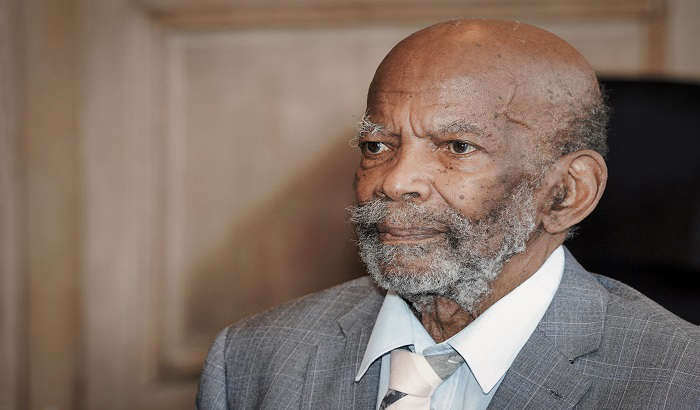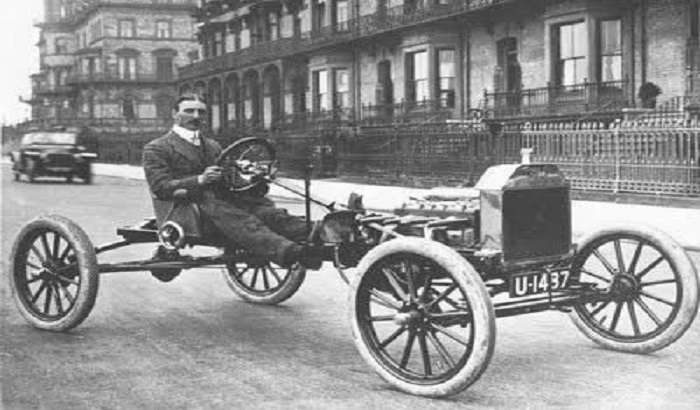
Plans to develop a new £6m Acute Assessment Unit are underway at Airedale Hospital to help provide better short stay facilities and reduce the number of patients admitted unnecessarily.
The unit will be next to the trust’s Emergency Department allowing staff to work together more efficiently across several disciplines which will help to ease workforce pressures.
Key aims of the new development are to provide to better initial assessment for patients, help reduce waiting and treatment time for some patients and provide them with a better hospital experience in a modern, fit-for-purpose environment.
A planning application is being made to Bradford Council later this month and, if it is approved, Airedale’s construction partner, Integrated Health Projects (IHP), are expected to start work in the new year, to be completed by winter 2017.
The proposed new development will be around 1,400 square metres in size and very similar in style to the hospital’s Emergency Department.
It will include:-
• An ambulatory care unit for patients who do not require formal admission, but do require urgent investigation and assessment. This comprises an ambulatory lounge with 12 chairs and four separate assessment rooms.
• Eight bays comprising five beds each and ensuite facilities, which have more space than the existing bays, thus allowing greater privacy for patients and better working conditions for staff
• Eight single bedrooms with ensuite facilities. Two of these are larger and are designed for more specialist care for patients with dementia or at the end of their life. These have facilities for close friends and family to stay overnight and wheelchair access
• A quiet/family room
• A general waiting area and reception.
As part of the plans, the trust’s pathology department will also be extended to cater for an increase in work.
The majority of patients will come into the new Acute Assessment Unit (AAU) through the Emergency Department. Patients seen on the AAU will be assessed initially by the medical or surgical teams. They will have preliminary investigations and procedures maybe carried out before the patients are either discharged or admitted into an appropriate bed on a specialty ward. Some patients will be managed on the AAU but ideally should not stay there for more than 72 hours. The aim is to continue to reduce the average length of stay for patients and increase the number of ambulatory care patients – which is urgent medical care provided on an outpatient basis, including diagnosis, treatment and further investigation and specialty follow up if necessary.
Lizzi Vooght, matron for urgent care at Airedale NHS Foundation Trust, said: “Our acute services are key to the future development of this hospital for the benefit of our local community. Some of our most vulnerable patients and those at greatest risk are managed through these services.
“Redesigning our acute and emergency care services is a key priority for all local health and social care partners.
“Our aim is to design a unit which allows us optimal management of seriously ill patients throughout acute care systems to help reduce any impact on our non- emergency services.”
Comments are frequently made as part of the Friends and Family test that the current Acute Medical Unit (AMU) is run down and needs refurbishment.
Dr Franco Guarasci, clinical director for acute medicine, said: “We want to make sure that when patients come to Airedale’s acute assessment unit they get the best possible care, promptly in an environment that is fit for purpose. They will have rapid access to appropriate staff who can make the right decisions quickly.
“It’s not just about simply having a new building. We are also changing the way we work and developing new systems and processes to improve our acute care service for the benefit of all our patients.”
Dr Paul Jennings, clinical director for emergency medicine, said: “It makes sense to have our Emergency Department and acute care services next door to each other as this will also allow us to achieve greater resilience across our workforce by making the best use of and sharing a wide range of clinical skills through co-location. We need to create a sustainable model for urgent and emergency care going into the future.”

 Appeal After Burglary
Appeal After Burglary
 Have your say and help to build stronger communities in Calderdale
Have your say and help to build stronger communities in Calderdale
 Bradford to mark the 80th anniversary of D-Day
Bradford to mark the 80th anniversary of D-Day
 City presents Windrush pioneer with prestigious Leeds Award
City presents Windrush pioneer with prestigious Leeds Award
 More Than 10,000 Arrests Made By Team Dedicated To Reducing Violent Crime
More Than 10,000 Arrests Made By Team Dedicated To Reducing Violent Crime
 Plate expectations as historic registration could be up for sale
Plate expectations as historic registration could be up for sale
 Calderdale: Celebrating over 350 years of service at Council
Calderdale: Celebrating over 350 years of service at Council
 Activists who caused £100,000 worth of damage sentenced
Activists who caused £100,000 worth of damage sentenced
 Appeal Following Collision and Death of Man in Otley, Leeds
Appeal Following Collision and Death of Man in Otley, Leeds
 Anti-social behaviour funding boost in Clitheroe, Colne and Darwen
Anti-social behaviour funding boost in Clitheroe, Colne and Darwen
 Bhangra Nights
Bhangra Nights
 Alim OnAir
Alim OnAir
 Legal Show
Legal Show
 The Golden Era
The Golden Era